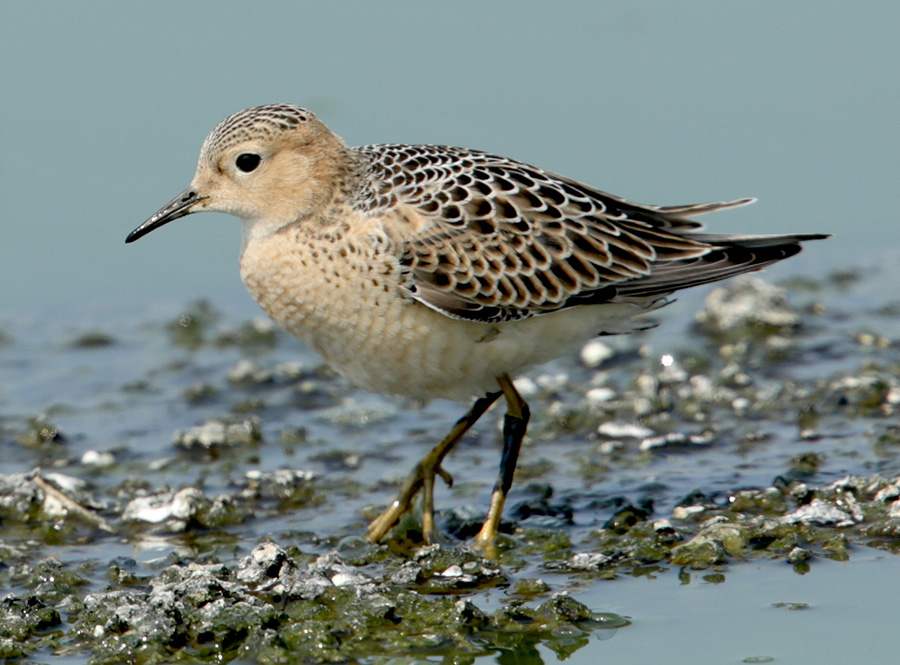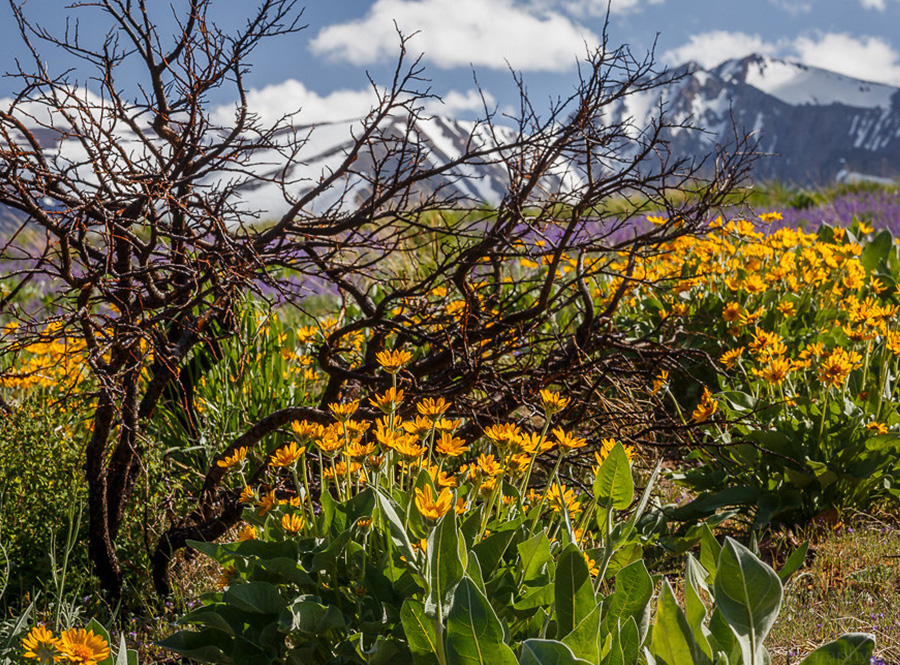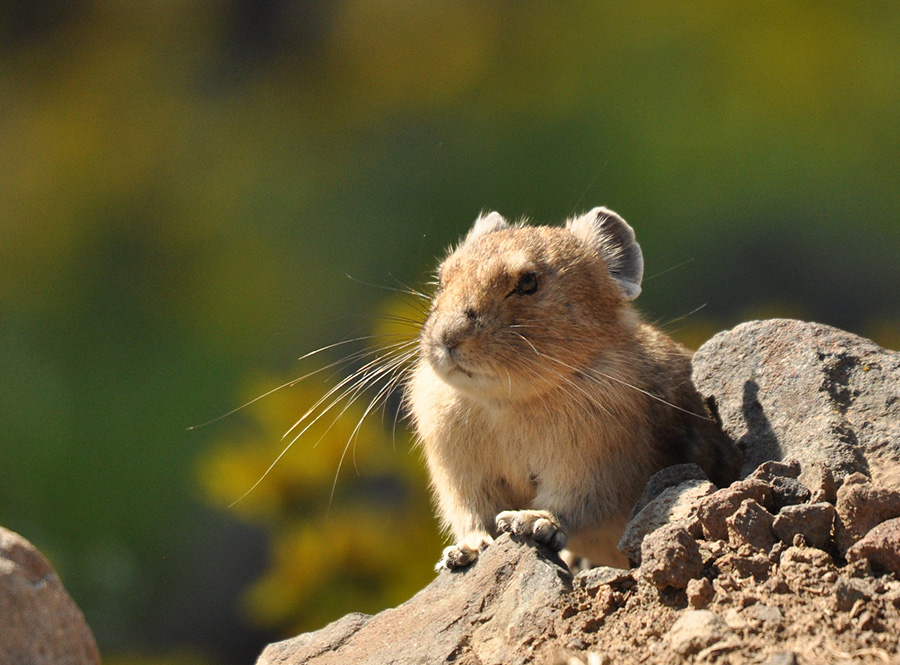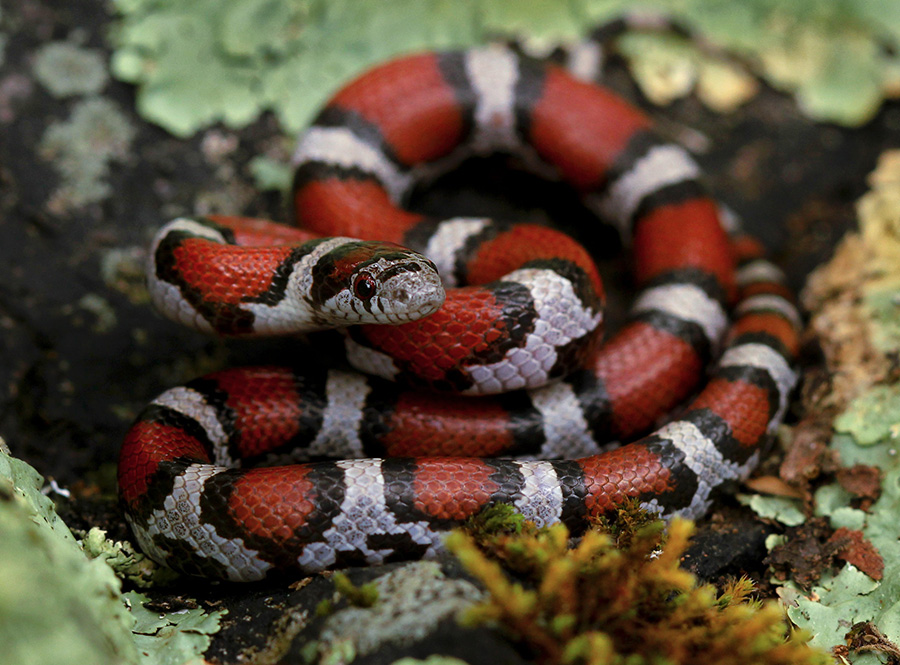Species have adapted over time to specific climate conditions—like cacti in the desert and redwoods on California’s foggy coast. Earth’s rapidly changing climate affects both the natural world and our approaches to conserving it. NatureServe has applied our unparalleled biodiversity data and scientific expertise to develop novel methods and practical approaches for climate smart conservation.
Check out NatureServe's work below, or keep scrolling to view our immersive storymap about how climate change impacts biodiversity.

Climate Change Vulnerability Index
The NatureServe Climate Change Vulnerability Index identifies plant and animal species that are particularly vulnerable to the effects of climate change.

Climate Change Vulnerability Index: Habitats
The Climate Change Vulnerability Index for Habitats is a framework for a series of measurements to determine how vulnerable a given natural community or habitat type might be to climate change.

Range Shift Modeling
Species Habitat Modeling can not only be used to predict current habitat for a species, it can also be used to predict how ranges may shift over time. For example, if the habitat of a species is modeled using current climate information such as temperature and rainfall, we can use global climate change projections to model where suitable climate will occur in the future. This can be used to identify potential corridors for migration and areas that may become important for a species under changing climate conditions.

Climate Exposure Analysis
Climate exposure is an important aspect of NatureServe’s assessments of the vulnerability of ecosystems and species to climate change. Measures of climate exposure assess the extent to which the climatic conditions typical of an ecosystem or species are predicted to change, making it vulnerable to climatic stress.